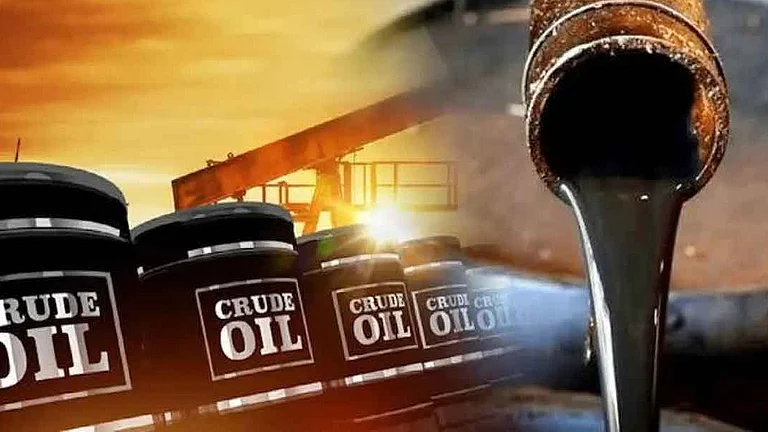
IOC has begun its first domestic crude production from the Jyoti-1 well in Gujarat, marking a significant upstream milestone.
The government is pushing for greater energy security through expanded exploration, streamlined clearances, and incentives under HELP and OALP.
Jyoti-1 and Jyoti-2, originally explored by Mercator Petroleum, showed strong flow-test results and were declared commercial discoveries.
India’s crude import dependence remains high at around 89%, with domestic output declining even as imports continue to rise.
The Union Minister for Petroleum and Natural Gas, Hardeep Singh Puri on Monday announced that Energy Maharatna Indian Oil Corporation (IOC) has begun first domestic crude production from the Jyoti-1 well in Block CB-ONN-2005/9 at the IUVL site in Gujarat, with operations commencing on 14 November 2025.
Confirming the development on X, the minister said, “This revival marks a turning point where IOC is trying to contribute to the upstream sector and aligns with the objectives of energy security and resource optimisation.”
The milestone comes at a time when the government is intensifying efforts to strengthen India’s energy security, reduce import dependence, and expand domestic hydrocarbon output. The Jyoti-1 block originally explored by Mercator Petroleum is known for its light, sweet crude and strong production potential. Both Jyoti-1 and the nearby Jyoti-2 discoveries were declared commercial after successful flow tests demonstrated robust output.
To boost domestic oil production, the government has taken a series of policy and structural steps. These include opening more acreage under the Hydrocarbon Exploration and Licensing Policy (HELP) and the Open Acreage Licensing Policy (OALP), enabling companies to bid for prospective blocks throughout the year.
Regulatory processes have been streamlined through a single-license regime, simplified clearances, and pricing and marketing freedom for difficult and unconventional fields to attract greater private and public investment. National oil companies such as ONGC and OIL have also been directed to ramp up exploration in frontier basins, redevelop mature fields, and adopt advanced technologies like enhanced oil recovery and modern seismic imaging.
The push for domestic production is critical as India remains heavily import-dependent. In FY 2023-24, the country imported 232.5 million tonnes of crude oil, while domestic output stood at just 29.4 million tonnes, according to PPAC data. Import dependence deepened further in FY 2024-25, with crude imports rising to 242.4 million tonnes and domestic production slipping to 28.7 million tonnes, taking India’s reliance on foreign oil to around 89%.


























